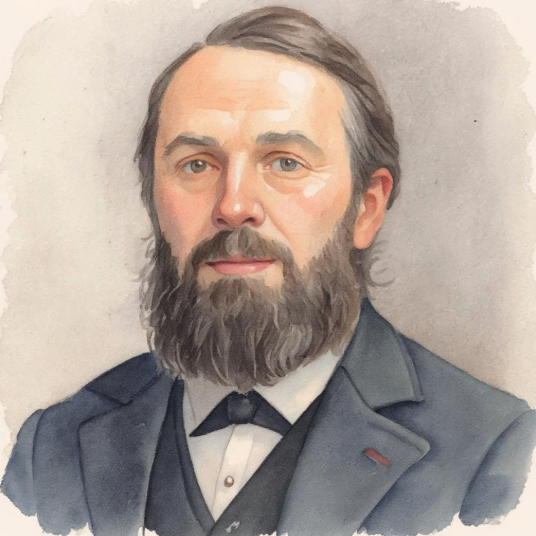Before Estes Park became a beloved mountain escape for families, it was a rugged frontier shaped by grit, vision, and bold personalities. Some came for adventure. Others sought healing. A few fell in love—with the land, or each other. These early settlers built cabins, blazed trails, and left behind stories that still echo through the mountains. Their names live on in parks, trails and ranches, and their spirit continues to draw families back year after year.
- Joel Estes (Arrived 1860)
- Griff Evans (1867–1870s)
- Mountain Jim Nugent (1868–1874)
- Isabella Bird (Visited 1873)
- John T. Cleave (1870s–1880s)
- Lord Dunraven (1872–1884)
- Alexander & Clara MacGregor (1874 onward)
- Albert Bierstadt (Visited 1876)
- Enos Mills (Visited 1884, Settled 1902)
- Cornelius H. Bond (Arrived 1900)
- F.O. Stanley (Arrived 1903)
Joel Estes (Arrived 1860)
The Namesake Pioneer
The man behind the name. After a lucky strike in the 1849 California Gold Rush, Joel Estes traded panning for ranching and found himself on a hunting trip in 1859 where he “discovered” the lush valley that would become Estes Park. By 1860, he returned with his family, building two log cabins near Fish Creek and becoming the first Euro-American settlers in the area.
Their hospitality left an impression—in 1864, a visiting editor, William Byers of the Rocky Mountain News, was so taken with the landscape and family that he dubbed the area "Estes Park." Though the Estes family moved on by 1866 due to harsh winters, Joel’s legacy stuck. Quite literally. You can even learn more about his descendants in the local video series Now You Know, which explores the heartwarming connections between Estes Park’s past and present.
Griff Evans (1867–1870s)
The First Host of the High Country
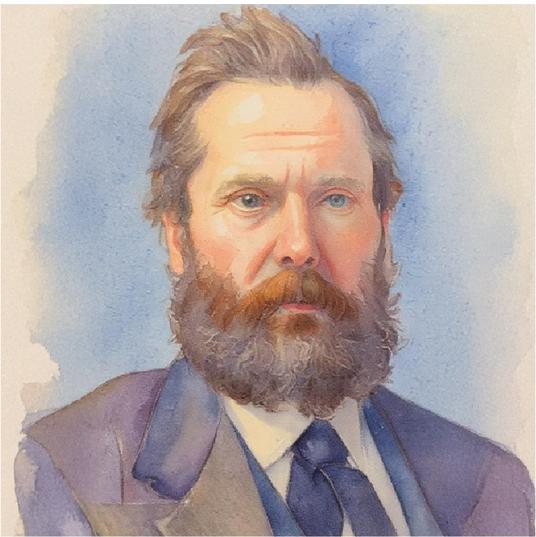
When Joel Estes moved on, Welsh-born Griff Evans took over his property and opened one of the area’s first dude ranches. With a welcoming spirit and a sharp eye for opportunity, he began hosting travelers who wanted to experience the mountain life firsthand—including the incredible Isabella Bird.
Evans was involved in one of the valley’s earliest disputes with Mountain Jim—a conflict rooted in land politics and possibly personal tension. While details remain a mix of fact and folklore, Evans’s influence on the rise of Estes Park’s tourism is undeniable.
Mountain Jim Nugent (1868–1874)
The Wild-Eyed Guide
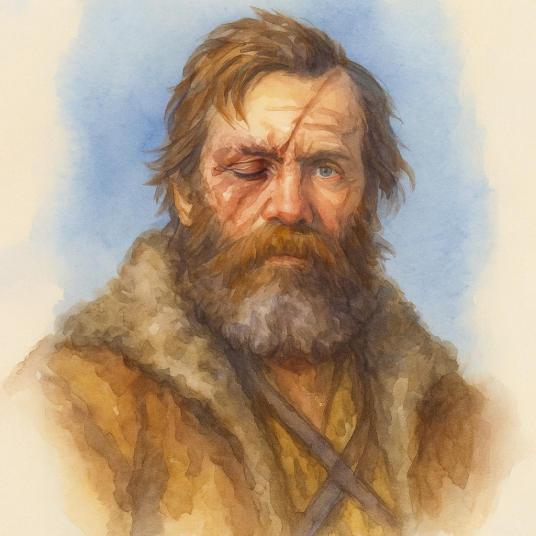
(This image is an artistic interpretation of “Mountain Jim” Nugent, based on historical descriptions—most notably from Isabella Bird’s 1879 memoir, A Lady’s Life in the Rocky Mountains. No known photographs of Mountain Jim exist.)
Rugged, mysterious, and missing one eye from a bear encounter, Mountain Jim was a trapper and guide who lived in a cabin near Lily Lake. His most famous companion was Isabella Bird, a British writer and explorer who arrived in 1873. Their unlikely bond—intellectual, emotional, and possibly romantic—became the backbone of her bestselling memoir, A Lady’s Life in the Rocky Mountains.
Jim’s story ended in tragedy: he was shot in 1874. He and fellow settler Griff Evans didn’t get along—some say their feud had to do with land disputes, especially the ones involving a wealthy outsider named Lord Dunraven who tried to take over large parts of the valley. While Evans was acquitted of shooting Jim, people still wonder who—and why—Mountain Jim was murdered. Estes Park’s restaurant Bird & Jim is named in honor of his legacy and his connection with Isabella.
Isabella Bird (Visited 1873)
The Romantic Rebel on Horseback
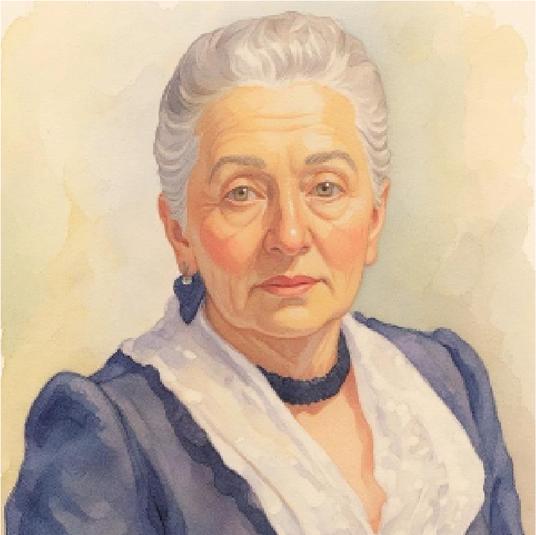
When doctors prescribed mountain air for her chronic illness, British explorer Isabella Bird crossed an ocean and a continent to reach Colorado. What she found in Estes Park was more than fresh air—it was a rugged beauty that captured her heart. Her letters home, filled with vivid detail and daring adventure, were eventually compiled into A Lady’s Life in the Rocky Mountains, a bestseller that introduced Estes Park to the world.
Bird rode through snowstorms, climbed Longs Peak (with Jim as her guide), and documented both her affection and apprehension for the untamed land—and the wild man who lived in it. She famously described Jim as “a man any woman might love but no sane woman would marry.” Today, you can find her memoir, A Lady’s Life in the Rocky Mountains, on the shelves of Macdonald Book Shop—Estes Park’s original bookstore, proudly family-owned since 1928.
John T. Cleave (1870s–1880s)
The Town’s Quiet Backbone
No written descriptions of John T. Cleave’s appearance are known. A distant photograph of Cleave and his family at the Dunraven Ranch exists in the Estes Park Museum archives, but it offers too little detail for artistic interpretation.
Englishman John T. Cleave helped ground Estes Park in permanence by operating a general store and establishing the area’s first post office. He purchased property from Lord Dunraven and quietly built a foundation of community life in the emerging town. While others grabbed headlines, Cleave kept things running.
His story is a reminder that not all heroes have hotels named after them—some just keep the lights on.
Lord Dunraven (1872–1884)
The Ambitious Outsider
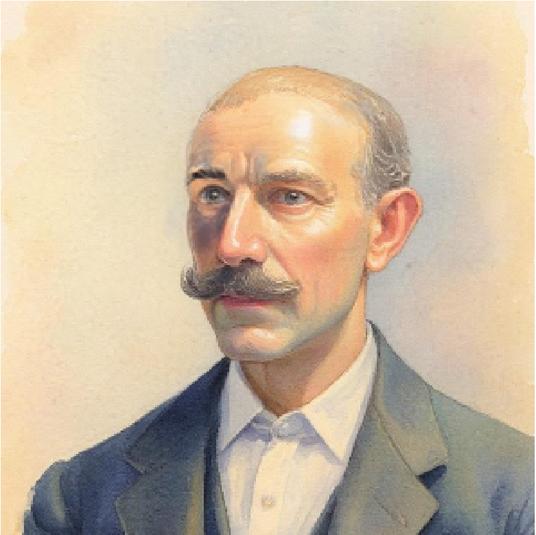
Windham Thomas Wyndham-Quin, the 4th Earl of Dunraven, was an Irish aristocrat who visited Estes Park in the 1870s and tried to turn it into a private game reserve. Using questionable homesteading tactics, he amassed over 6,000 acres of land—sparking resentment from local settlers.
Though controversial, Dunraven did help develop roads, lodging, and hunting lodges—including the Estes Park Hotel (which later burned down).
Alexander & Clara MacGregor (1874 onward)
The Valley’s Guardians
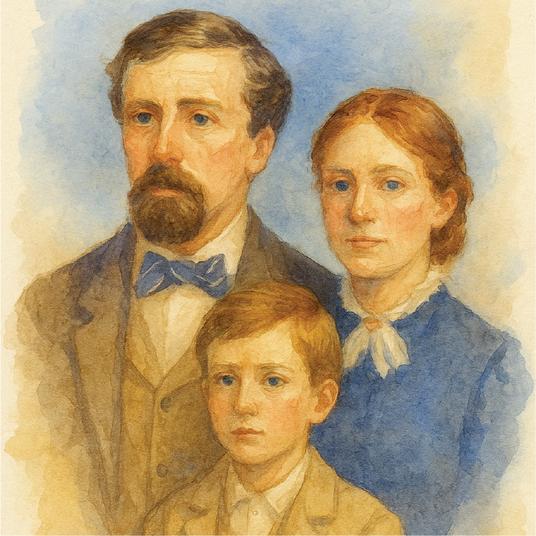
Alexander, a former attorney, and his wife Clara established the now-iconic MacGregor Ranch after purchasing land in 1874. They brought the first Aberdeen Angus cattle to the area and built a working ranch that still operates today as a living history museum. The MacGregors were passionate about preserving the valley’s integrity and clashed with outsiders like Lord Dunraven over land rights.
As a former lawyer, Alexander also played a vocal role in defending local interests during Estes Park’s early land disputes—especially when powerful outsiders attempted to bend the rules for personal gain. His determination to protect the land and way of life helped solidify a community-first spirit that still defines the ranch and the broader Estes Valley.
Their legacy is one of stewardship, family values, and a deep connection to the land—values still felt on the ranch and beyond.
Albert Bierstadt (Visited 1876)
The Romantic Eye of the Rockies
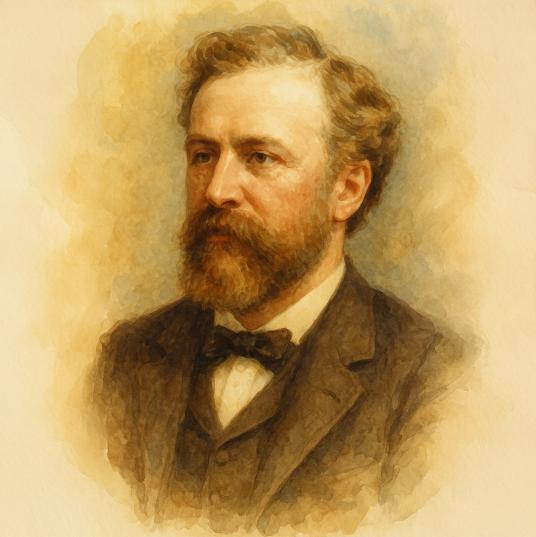
While there’s no record of Albert Bierstadt setting foot at the lake that now bears his name, the famed landscape painter did travel through Colorado in 1876, capturing the grandeur of the Rocky Mountains in his dramatic, light-filled style. His paintings helped romanticize the American West and introduced places like Estes Park to East Coast audiences long before tourism took hold. Though his visit to the exact area may have been brief—or even indirect—his artistic vision left an enduring impression. Today, Bierstadt Lake, named in his honor, offers a serene alpine view that echoes the spirit of the landscapes he helped make iconic.
Enos Mills (Visited 1884, Settled 1902)
The Defender of Wilderness
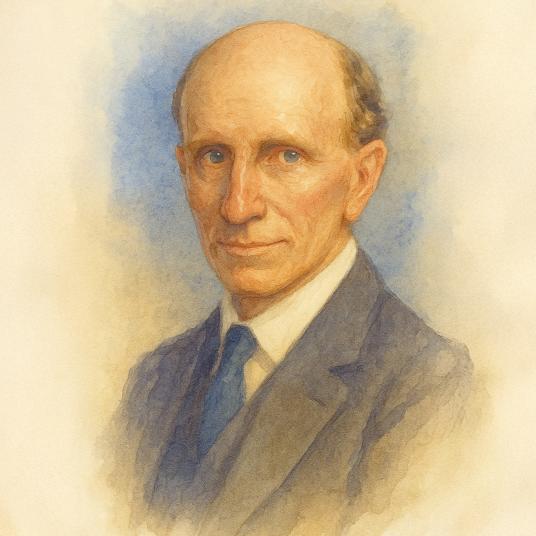
Known as the "Father of Rocky Mountain National Park," Enos Mills first came to Estes at age 15. He later settled here full-time, writing prolifically about nature and tirelessly campaigning for the park's designation, which finally came in 1915. A true naturalist, Mills guided hikes, journaled observations, and hosted early visitors at his homestead near Longs Peak.
His legacy lives not only in the park he fought for, but in the idea that wilderness is worth protecting for all time. Even Mills Lake, one of the area’s most scenic alpine lakes, carries his name as a lasting tribute to his influence. And if you're downtown, you can visit his statue in the northeast corner of Bond Park, near Claire’s on the Park—a quiet reminder of the man who helped preserve this wilderness for generations.
Cornelius H. Bond (Arrived 1900)
The Civic Dreamer
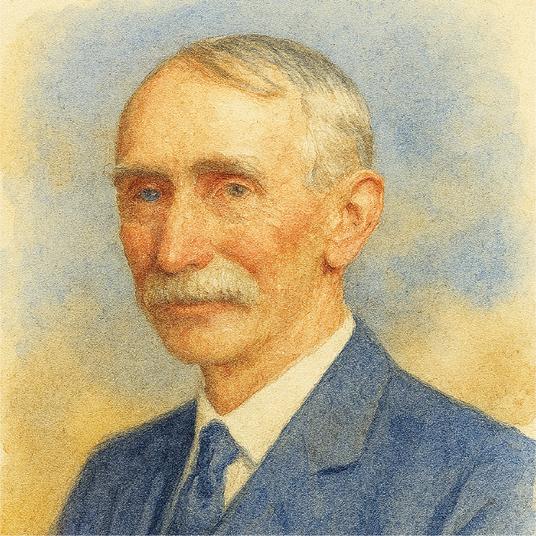
A schoolteacher-turned-businessman, Bond became one of Estes Park’s most influential civic leaders. In 1905, he helped form the Estes Park Protective and Improvement Association and collaborated closely with F.O. Stanley to build roads, reintroduce elk, and bring electricity to the town. Bond Park, the town’s central green space, bears his name today.
Bond had the vision to shape Estes Park as more than a settlement—a thriving mountain community.
F.O. Stanley (Arrived 1903)
The Inventive Resort Maker
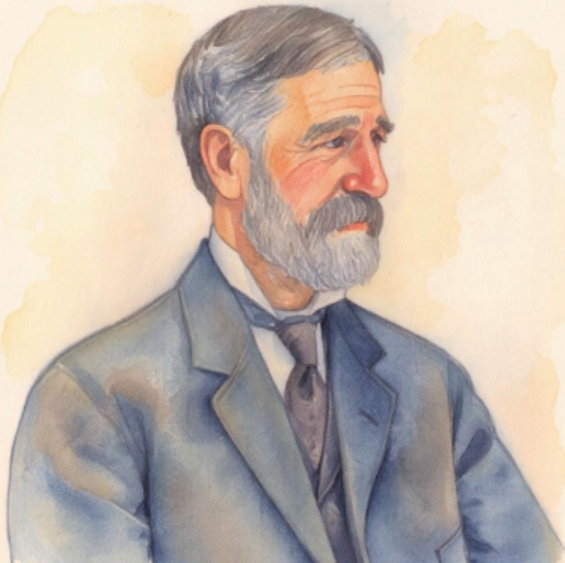
Famous for his Stanley Steamer automobile, F.O. Stanley arrived in Estes Park seeking recovery from tuberculosis. When his wife refused to ride a bicycle, he invented something smoother: a steam-powered car that became a sensation of its time. He brought it with him to Colorado, turning heads as he drove it through the mountains. In 1909, he built the grand Stanley Hotel—not only as a luxury resort but also as a guest house for his wealthy East Coast friends, including notable families such as the Vanderbilts and Rockefellers. Beyond the hotel, Stanley helped fund roads and public works and worked with naturalist Enos Mills on wildlife conservation. Stanley didn’t just stay in Estes Park—he invested in it, shaping it into a resort town for generations to come.
Discover More About Estes Park’s Roots
If you’ve picnicked at Bond Park, hiked near MacGregor Ranch, stayed at the Stanley, or sipped a glass of wine at Bird & Jim, you’ve stepped into the stories of the people who shaped this valley. They weren’t just settlers—they were storytellers, risk-takers, and builders of memories. Their legacies live on, not only in plaques and landmarks, but in the way families continue to gather, explore, and create new memories right here in Estes Park.
To dive deeper into these rich histories, explore the Estes Park Museum, where the past comes alive all year round. Embark on the Landmarks & Legends Discovery Trail, a self-guided journey through Estes Park’s most iconic sites—each stop unlocking stories that shaped the community. And don’t miss learning about The First People of the Rockies, whose presence long predates the settlers and whose history is woven into the land itself.
In Estes Park, you don’t just observe history—you become part of it. Every step you take along a trail, every landmark you visit, and every moment you share adds a new chapter to this ever-unfolding story.


